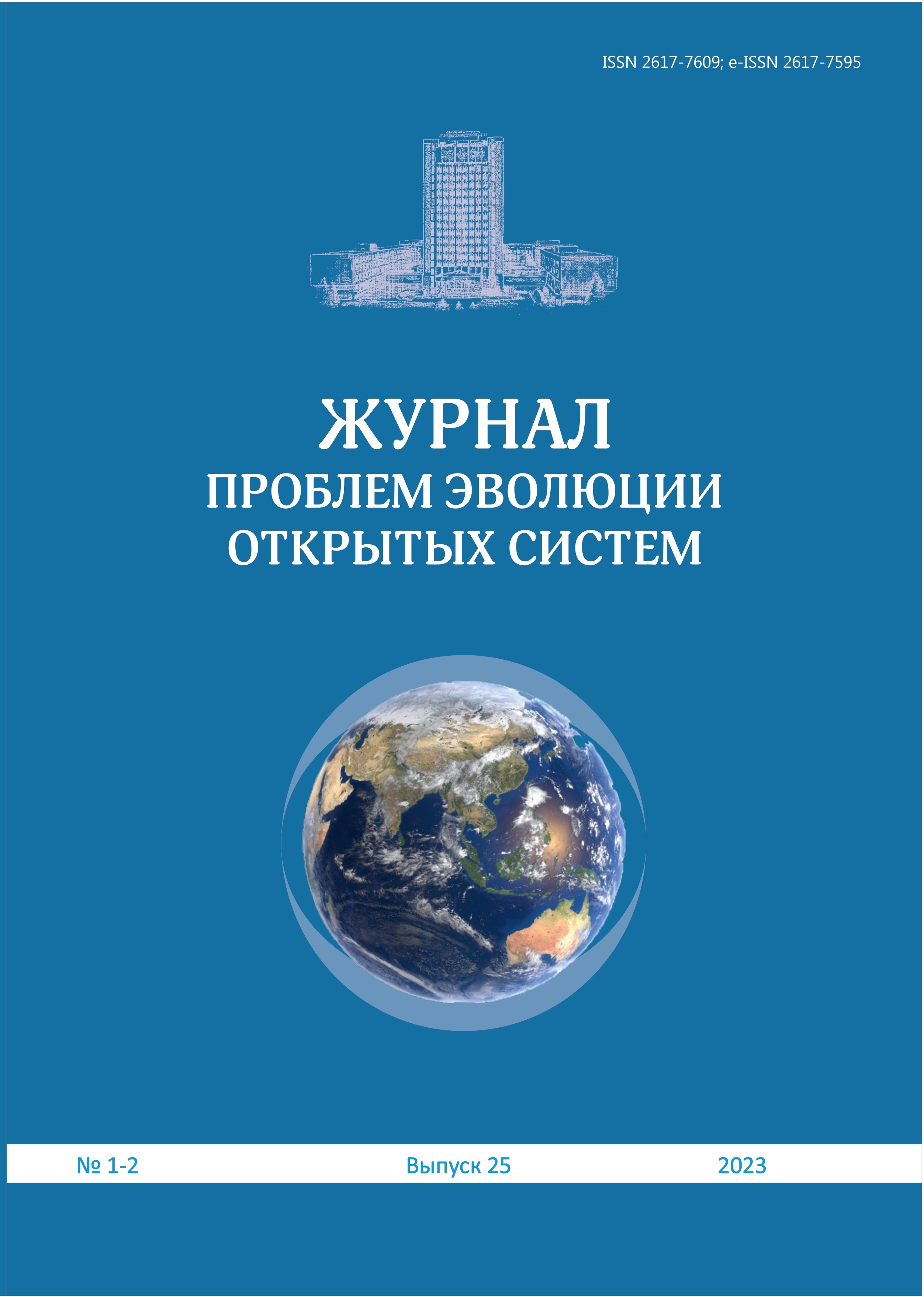Investigation of the effect of defect density on an environmentally friendly solar cell with an optimal choice of HTL
DOI:
https://doi.org/10.26577/JPEOS.2023.v25.i1-2.i5Abstract
One of the promising directions in solar energy is the use of perovskite-based solar cells. The competitiveness of perovskite solar cells with silicon solar cells is growing every year, but to further improve the efficiency of perovskite-based solar cells, it is worth paying attention to the HTL type. The density of interfacial defects in a solar cell based on CH3NH3SNI3 plays an important role in increasing efficiency. In order to increase the performance of a solar cell based on CH3NH3SNI3, work was done to select the most suitable interfacial defect. In this work, the SCAPS-1D program was used to create a model of a solar cell. The SCAPS-1D program evaluates the effect of the density of interfacial defects on a solar cell based on CH3NH3SNI3, which ranged from 1010 cm-3 to 1017 cm-3. TiO2/СH3NH3SnI3/ Cu2O is proposed as the optimal structure of an environmentally friendly solar cell, which provides optimal performance and better resistance to defects. As a result of the study, the selected optimal option is the structure of an environmentally friendly TiO2/СH3NH3SnI3/Cu2O solar cell with PCE = 27.95%, FF 84.05%, VOC 1.02 V and JSC 32.60 mA/cm2, which provides high efficiency and better resistance to defects.
Key words: solar energy, environmentally friendly solar cell, SCAPS-1D, CH3NH3SNI3, modeling, HTL.







